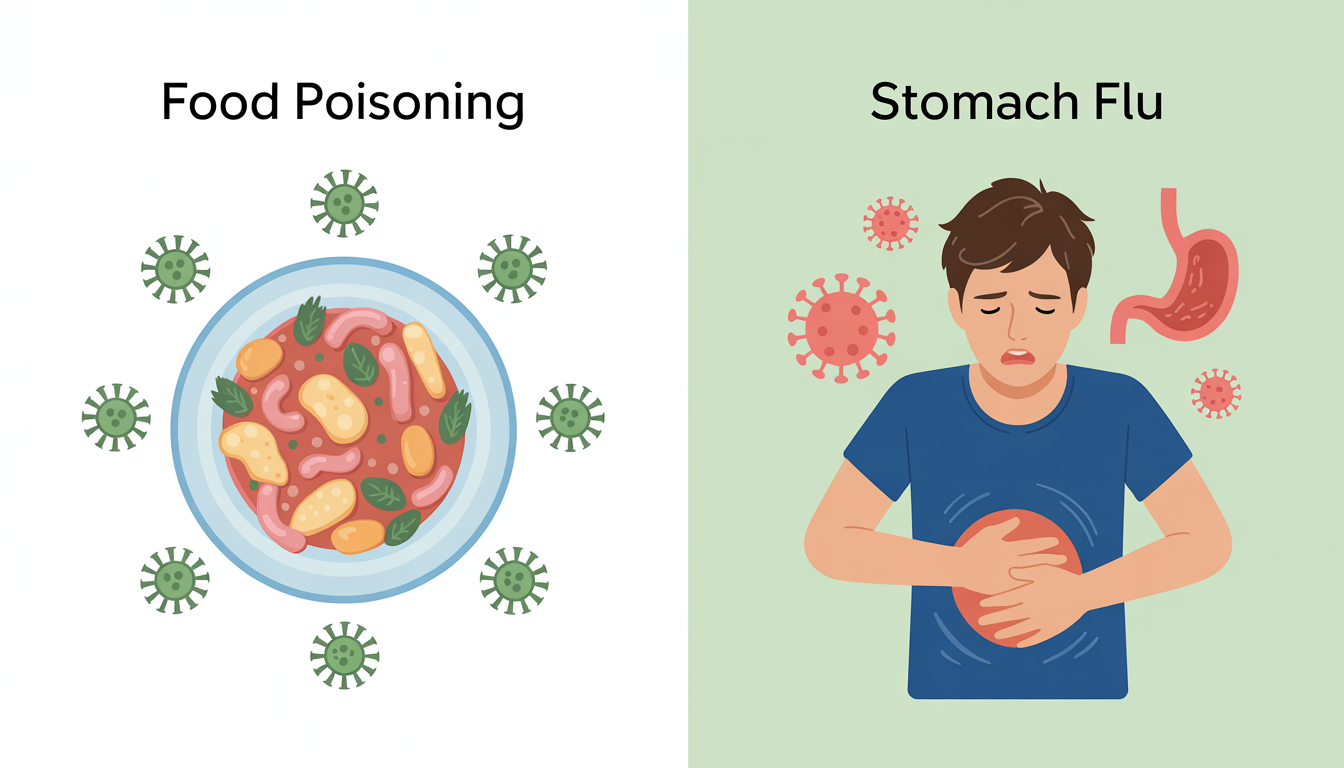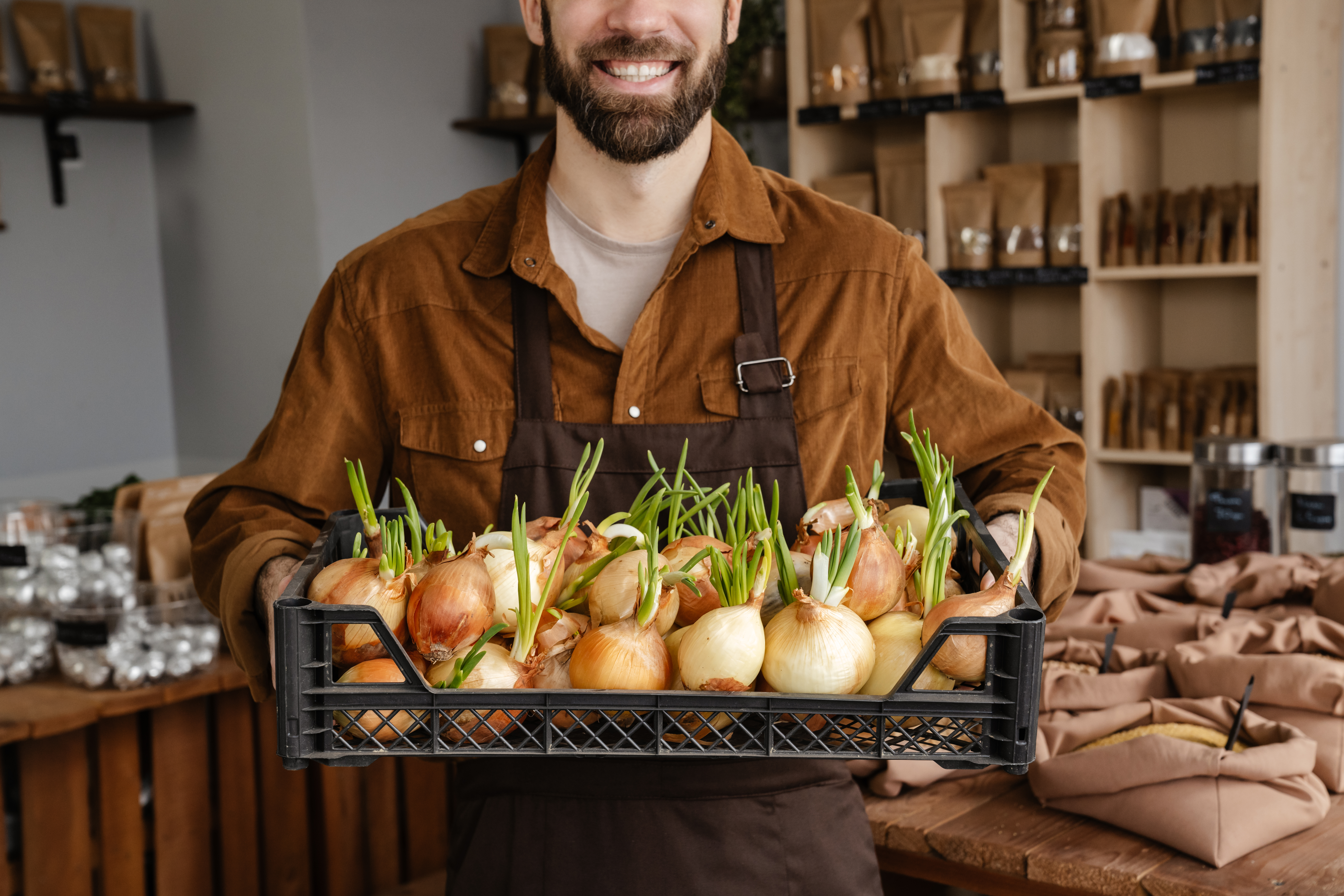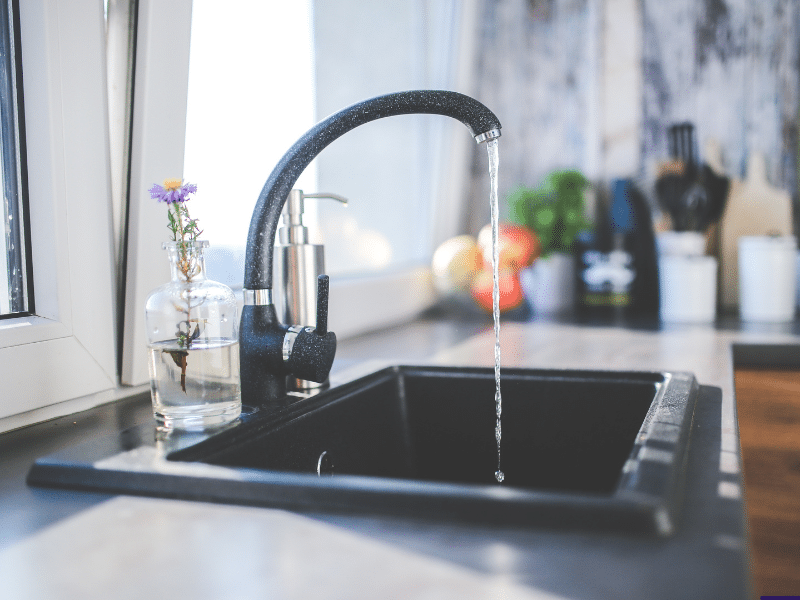KEY TAKEAWAYS
- Campylobacteriosis is a common foodborne illness that can be prevented by following proper food safety practices such as thorough handwashing, avoiding cross-contamination, and cooking foods to safe temperatures.
- Campylobacter bacteria can spread through contaminated food, water, or contact with infected animals, making it essential to maintain hygiene when handling pets and their supplies.
- Prompt refrigeration of food and using separate utensils for raw and cooked foods are key steps in preventing the spread of Campylobacter.
- Understanding and implementing CDC-recommended food safety guidelines can significantly reduce the risk of contracting campylobacteriosis.
Understanding how to prevent campylobacteriosis can help protect you and your family from one of the leading causes of foodborne illness in the United States. If you suspect you contracted a Campylobacter infection due to someone else’s negligence, an experienced foodborne illness lawyer can help you explore your legal options.
What Is Campylobacteriosis?
Campylobacteriosis is a foodborne illness caused by the Campylobacter bacteria. With 1.5 million cases of campylobacteriosis reported annually in the United States, it is one of the most common forms of food poisoning and the leading cause of bacterial diarrhea worldwide.
Undercooked chicken and food contaminated by raw chicken are the most common sources of campylobacteriosis. People also contract campylobacteriosis by consuming unpasteurized dairy products or contaminated water.
Common Symptoms of Campylobacteriosis
- Diarrhea, sometimes bloody
- Fever
- Stomach cramps
- Nausea
- Vomiting
Campylobacteriosis symptoms typically resemble those of stomach bugs or the flu. They usually start within a few days of exposure and last about a week. Common symptoms can include:
If you believe you have a campylobacteriosis infection or any other serious form of food poisoning, seek prompt medical attention.
How Does Campylobacter Spread?
One reason campylobacteriosis is so common is that there are many forms of bacterial transmission. You can pick up an infection through everyday household activities or by consuming contaminated food and water.
Zoonotic Transmission
Zoonotic transmission occurs when infections spread from animals to humans. Campylobacter bacteria can live in the intestines and organs of animals like chickens and cows. Pets, particularly dogs, can also carry the bacteria without showing symptoms.
Campylobacter can spread from pets to humans through contact with infected saliva, feces, or contaminated objects like infected toys and food bowls. To prevent transmission, always wash your hands with soap and water after handling pet supplies. Use hand sanitizer if soap and water aren’t available.
Food Contamination
Eating raw or undercooked poultry, seafood, meat, or produce can lead to campylobacteriosis. Cross-contamination is a significant risk factor. Infected food can lead to widespread infections by spreading bacteria to other foods, utensils, or surfaces.
Campylobacter cross-contamination can occur when preparing raw or lightly cooked foods, such as produce, using utensils or cutting boards that come into contact with raw poultry, seafood, or meat. Additionally, handling raw foods and then touching other items without washing your hands or changing gloves can spread Campylobacter.
People can also transmit the bacteria after touching animals or their food, water, dishes, toys, or feces. The bacteria can live in your home or animal spaces like coops, cages, or stalls.
How Can Food Providers and Individuals Prevent Campylobacter From Spreading?
There are several steps that food providers and consumers can take to control Campylobacter infections. If everyone along the food production chain, as well as individuals at home, takes proper precautions and reports cases of illness, they can help reduce the incidence of campylobacteriosis.
Clean Hands and Surfaces
People who work in restaurants or cook at home should follow the Centers for Disease Control and Prevention (CDC) handwashing guidelines. Contaminated hands can spread Campylobacter to any surface they touch. Always wash your hands with hot, soapy water:
- Before, during, and after preparing or eating food.
- Before and after taking care of someone with diarrhea or vomiting.
- After going to the bathroom.
- After touching an animal or their supplies.
- After changing diapers or cleaning a child.
Separate Foods During the Preparation Process
Always store and prepare raw meat separately from other ingredients. Use a separate cutting board and utensils for raw meats to prevent cross-contamination. If you must use the same tools, wash them thoroughly in hot, soapy water before using them again.
Cook to Safe Temperatures
Use our Food Safety Chart to ensure you cook your food to safe temperatures. Check the food temperature with a clean thermometer and thoroughly wash it after each use. Undercooked food may carry Campylobacter, and the bacteria may cling to the thermometer between uses.
Refrigerate Promptly
Always refrigerate food within two hours (within one hour if the room temperature is over 90°F). While cooked food may contain safe bacteria levels, pathogens can multiply to unsafe levels as food cools to room temperature.
Food safety knowledge is key. For instance, knowing how long chicken can sit out and refreezing raw chicken can help prevent various food borne illnesses, including those caused by Campylobacter, E. coli, and Salmonella. It’s also best to thaw meat in the refrigerator and never at room temperature to prevent bacterial growth.
Carry Recommended Hand Sanitizer
You may not always have hot, soapy water to wash your hands (e.g., at the grocery store). Even so, touching foods and surfaces contaminated with Campylobacter and later touching your mouth can lead to an infection.
The CDC recommends using a hand sanitizer with at least 60 percent alcohol. If possible, rinse your hands with water—even if soap is not available—before applying sanitizer so dirt and grime don’t reduce its effectiveness.
Keep Food Safe Is Dedicated to Protecting Consumers
If you have any questions on how to prevent Campylobacter or concerns about a potential infection, there are many resources available to help keep you and your loved ones safe.
Keep Food Safe is dedicated to spreading food safety awareness and helping vulnerable consumers protect their right to clean food when producers and distributors endanger their well-being. If you developed an illness due to negligent food safety practices, contact us to connect with a skilled food safety lawyer.




